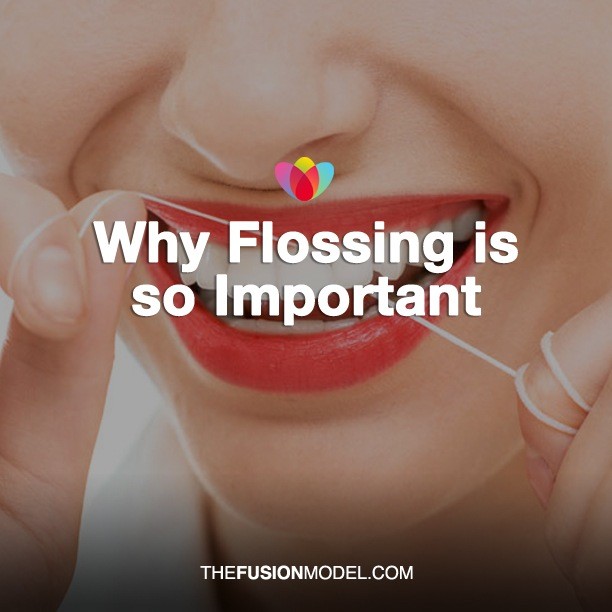Time for “A Day in the Life of [Insert Your Name Here].” See if this sounds familiar:
Wake up (grudgingly), get dressed, pour coffee, get kids to school, go to work, haggle with people all day, fight traffic, pick up kids, make dinner/pick up pizza, help with homework, pay bills, tuck tiny people in after more haggling, finish chores, change into pajamas, wash face, apply wrinkle cream, brush teeth and… floss?
Nope, that last one’s not gonna happen. At the end of a long day, you’re too tired to floss — and that’s why the tedious task often gets tossed by the wayside right along with elective leg-shaving. I totally get the urge to skip it, but we simply mustt give our gums more face time if we have any hope of avoiding those dreaded dentures in years to come. As funny as it is when Great-Grandma takes her teeth out, do you really want that to be you in 50 years?
If any of these standard excuses ring a bell, you might be guilty of floss-dodging:
But… I don’t have time. Set an egg timer the next time you floss your teeth. Betcha it’ll only take a few measly minutes. If you have time to brush (and we all do), you have time to floss.
But… I brush really well, so my gums don’t need any extra cleaning. Even the most magical toothbrush can’t get under your gums and in between your teeth. That’s where your old buddy dental floss steps in to extract cavity- and gum-disease-causing plaque and leftover steak. “Brushing can only remove the bacteria that cause tooth decay, gum disease and bad breath that are on the smooth, exposed surfaces of the teeth,” says Mark P. Colonna, DDS, founder of The Montana Center for Laser Dentistry. “Flossing can remove these bacteria, but can also help prevent gum disease and reverse beginning cavities.”
But… flossing hurts. It’s not even a little bit unusual to experience swelling and bleeding if you’ve gone a period without flossing. Fortunately, the pain usually stops once your gums get back to their sparkling, like-new condition. “If gums are inflamed due to the by-products of the bacteria present, they’ll be sore and will hurt when flossing,” explains Colonna. “If you floss regularly, your gums get used to it, and the bleeding and soreness goes away.”
But… I don’t know how to floss. We’re usually taught to floss as kids. Since children are notoriously inattentive to activities that don’t involve ponies or monster trucks, it’s possible that these teachings go in one tiny ear and out the other. Colonna describes the flossing process simply: “Wrap the floss around your middle fingers and use your index fingers to guide the floss in between your teeth.” Easy enough, yes?
But… I’m confused by all of the flossing products on the market. Pretty much any type of floss (waxed, unwaxed, wide, thin, etc.) will do the job nicely. As someone with exceptionally tight teeth (“tight” as in close together, not perfect), I discovered long ago that I’m better suited to the thin variety. If you’re still overwhelmed by all the choices, just ask your friendly neighborhood dentist. You might even score some free samples in the process!
I’m not saying that flossing is exciting, fun or cause for celebration. I’m simply saying that it’s necessary if you want to maintain bright, healthy chompers. A gorgeous smile is within your floss-bearing reach!




